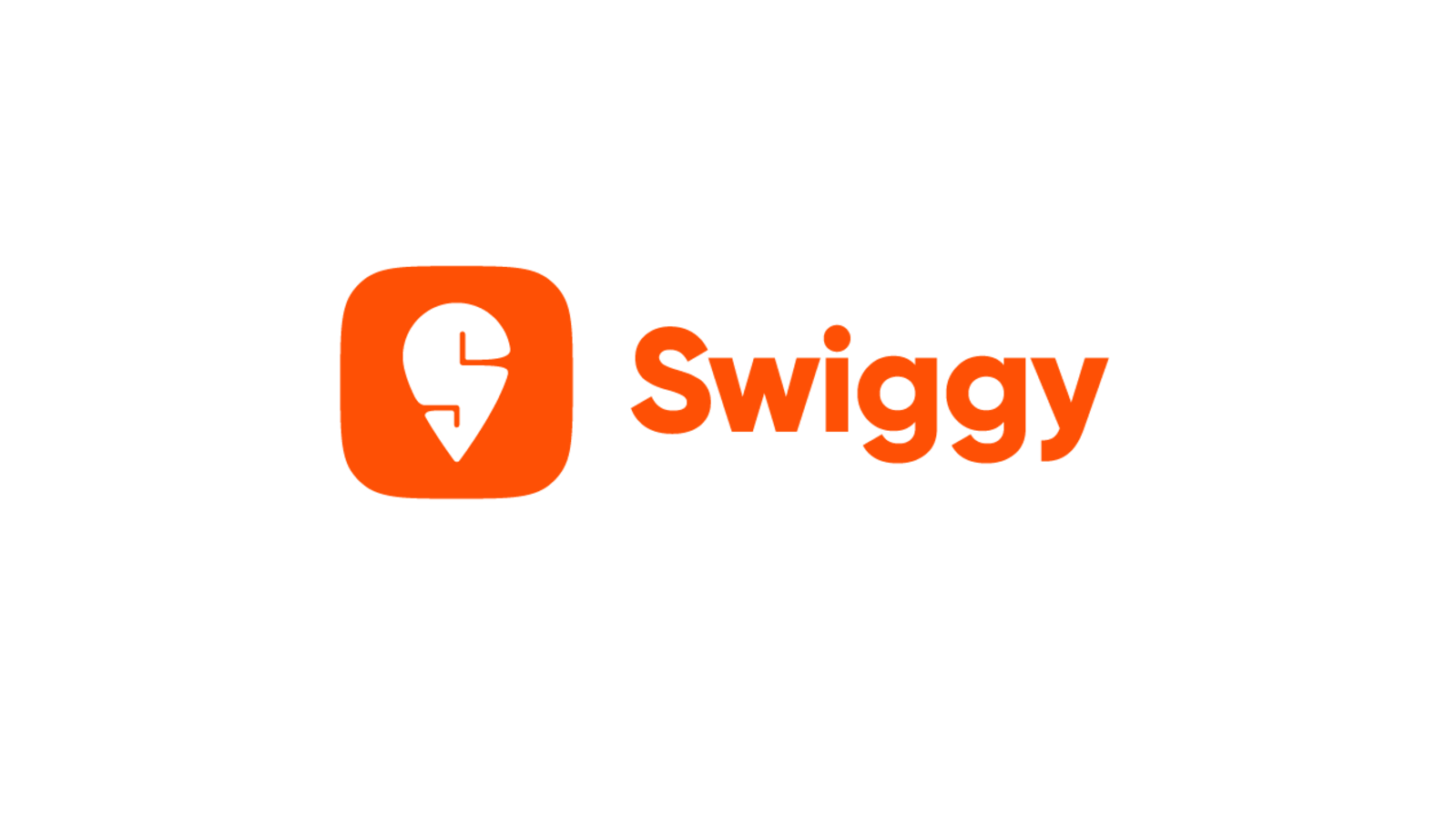Swiggy’s Initial Public Offering (IPO) has garnered significant attention in the financial markets. On September 26, Swiggy, one of India’s leading food and grocery delivery platforms, submitted revised draft documents to the Securities and Exchange Board of India (SEBI), aiming to raise capital through its much-anticipated IPO. The proposed IPO consists of a new issuance of equity shares worth ₹3,750 crore, alongside the offer of existing equity shares from 18.52 crore shareholders through an offer-for-sale (OFS), as detailed in the updated draft red herring prospectus (UDRHP-I). Furthermore, the company is weighing the option of conducting a pre-IPO funding round, which could potentially adjust the size of the new share issuance.
SEBI recently accepted Swiggy’s confidential offer document, which marks a pivotal step for the company. Utilizing a confidential pre-filing method, the initial offer document was submitted on April 30, laying the groundwork for this ambitious IPO.
Market analysts indicate that Swiggy will need to update the Draft Red Herring Prospectus II (DRHP-II) based on feedback received from the public. Once the final prospectus is filed, Swiggy will be ready to initiate its public offering.
The book-running lead managers (BRLM) for the IPO include renowned firms such as Kotak Mahindra Capital Company, Citigroup Global Markets India Pvt Ltd, Jefferies India Pvt Ltd, and Avendus Capital Pvt Ltd. Link Intime India Pvt Ltd is designated as the registrar for this issue.
Key Highlights from UDRHP-I
Here are ten crucial points for potential investors to consider regarding Swiggy’s IPO:
- Funding raised will bolster expansion efforts and technological advancements.
- The IPO will establish Swiggy’s foothold in the public market.
- Engagement with existing shareholders will enhance trust and stability.
- Funding will support entry into new markets and diversification of services.
- Increased visibility and credibility as a publicly listed company.
- Potential for improved branding and customer retention strategies.
- Opportunity to scale operations and enhance delivery logistics.
- Long-term benefits of enhanced investor relations.
- Leverage public funding for sustainable growth initiatives.
- Position to compete aggressively with key industry players.
Swiggy IPO Selling Shareholders
The updated DRHP lists a diverse range of corporate selling shareholders, including MIH India Food Holdings, Accel India IV (Mauritius), Apoletto Asia, and several others. Notable individual sellers comprise Samina Hamied, Sriharsha Majety, Rahul Jaimini, Lakshmi Nandan Reddy Obul, and P.R. Venketrama Raja.
Swiggy’s Competitive Landscape
In the competitive food delivery sector, Swiggy’s only publicly listed peer is Zomato, which boasts an impressive price-to-earnings (P/E) ratio of 742.50. For the fiscal year 2024, Swiggy reported operational revenues of ₹11,247.39 crore compared to Zomato’s ₹12,114 crore. Despite a challenging financial backdrop, Swiggy managed to showcase a diluted earnings per share (EPS) of ₹(10.70), while Zomato’s EPS was ₹0.41. Notably, Swiggy’s net asset value (NAV) per share stood at ₹35.48, significantly higher than Zomato’s NAV of ₹23.14.
Swiggy’s Business Operations
As a tech-driven, customer-centric company, Swiggy operates a unified app that provides users with a seamless experience for browsing, ordering, and paying for groceries, household goods, and food delivery. Its diverse offerings include Instamart for grocery delivery, SteppinOut for event scheduling, and Genie for product pick-up and drop-off services.
Business Segments of Swiggy
Swiggy has segmented its operations into five key business areas: Food Delivery, Out-of-home Consumption (dining and events), Quick Commerce (grocery and household delivery), Supply Chain and Distribution (B2B services), and Platform Innovations introducing initiatives like Swiggy Genie and Swiggy Minis.
Strengths of Swiggy
Swiggy stands out in the market due to its focus on high-frequency hyperlocal commerce, driven by innovation. The brand maintains a growing user base and engagement levels, supported by a unified platform that fosters a consistent user experience. It enjoys strong relationships with restaurant, merchant, brand, and delivery partners, further enhancing its market position. The experienced management team adheres to high governance standards, contributing to the company’s overall resilience.
Market Position of Swiggy
The Indian food services market is predominantly unorganised, lagging behind markets in regions such as the USA and China. While Americans and Chinese consumers frequently dine out, the Indian market was only 0.1 times the size of the grocery market in 2023, indicating substantial room for growth. The transition to organised food services, coupled with hyperlocalisation trends, suggests promising prospects for Swiggy as it taps into this developing market trend, especially with the rise of cloud kitchens focused on delivery.
Swiggy’s Financial Performance
Despite facing challenges, including negative cash flows from operations and sustained net losses since inception, Swiggy has shown signs of improvement. As of March 31, the company’s losses for the fiscal year reduced to ₹2,350.24 crore, down from ₹4,179.30 crore in FY23 and ₹3,628.89 crore in FY22. Simultaneously, operational revenue surged to ₹11,247.39 crore, up from ₹8,264.59 crore the previous year.
Key Risks Involved with Swiggy IPO
Investing in Swiggy’s IPO poses certain risks, including:
- The company’s ability to attract and retain consumers cost-effectively may influence its financial stability and market position.
- Swiggy’s reliance on delivery partners for smooth operations may impact its business if it faces challenges in recruitment or retention in a cost-effective manner.
Swiggy Group Companies
Swiggy operates under a robust group of companies, including Loyal Hospitality Private Ltd, Loyal Hospitality Kitchens Private Ltd, MIH India Food Holdings B.V., and Vijayawada Hospitalities Private Ltd.
Lock-In Period for Anchor Investors
The anchor investor portion will have 50% of the equity shares allotted locked-in for 90 days post-allotment date, while the remaining 50% will be subject to a 30-day lock-in period.
Disclaimer: The insights and recommendations outlined above are sourced from various analysts, experts, and brokerage firms and do not represent the views of this publication. Investors are advised to consult certified professionals before making any investment decisions.












